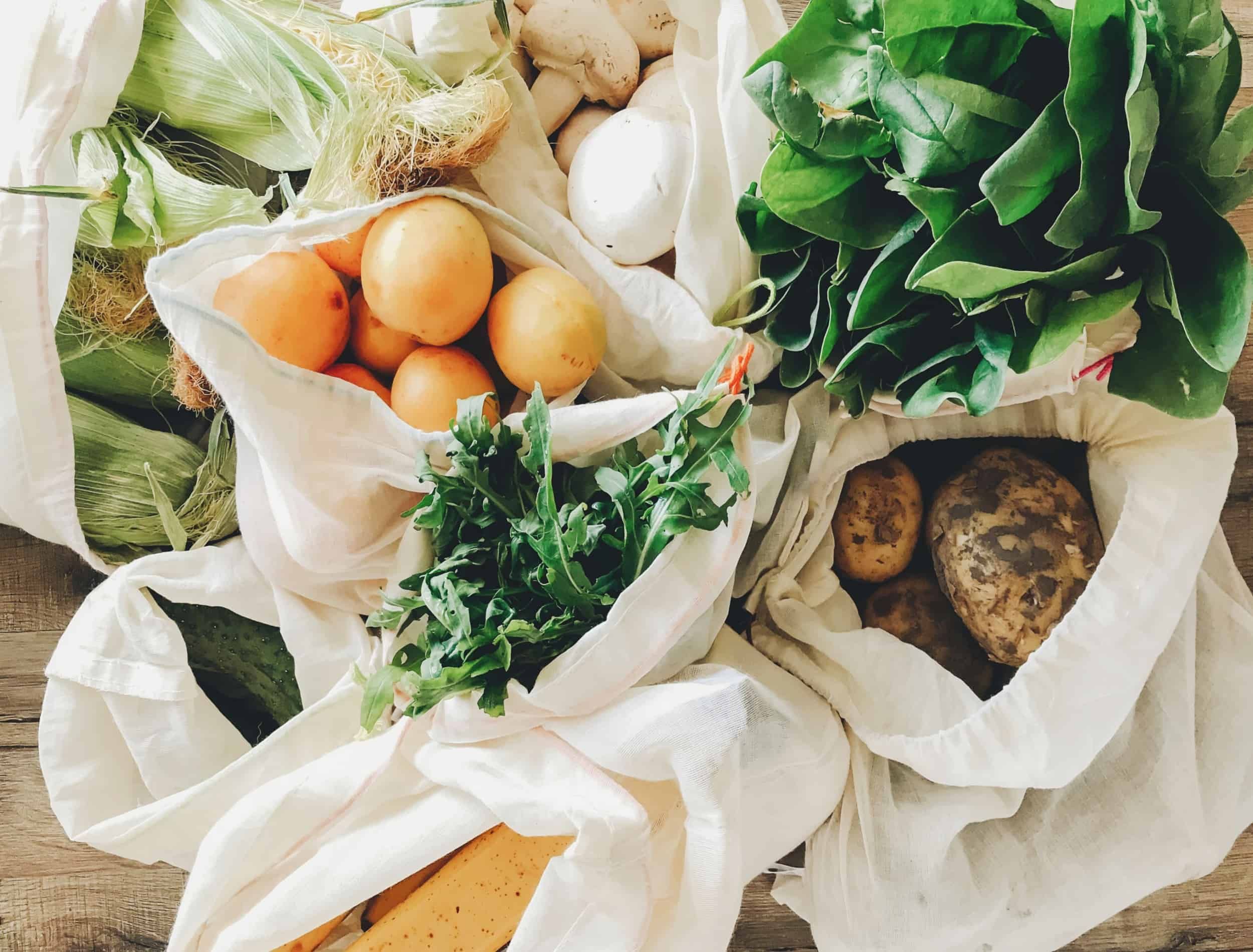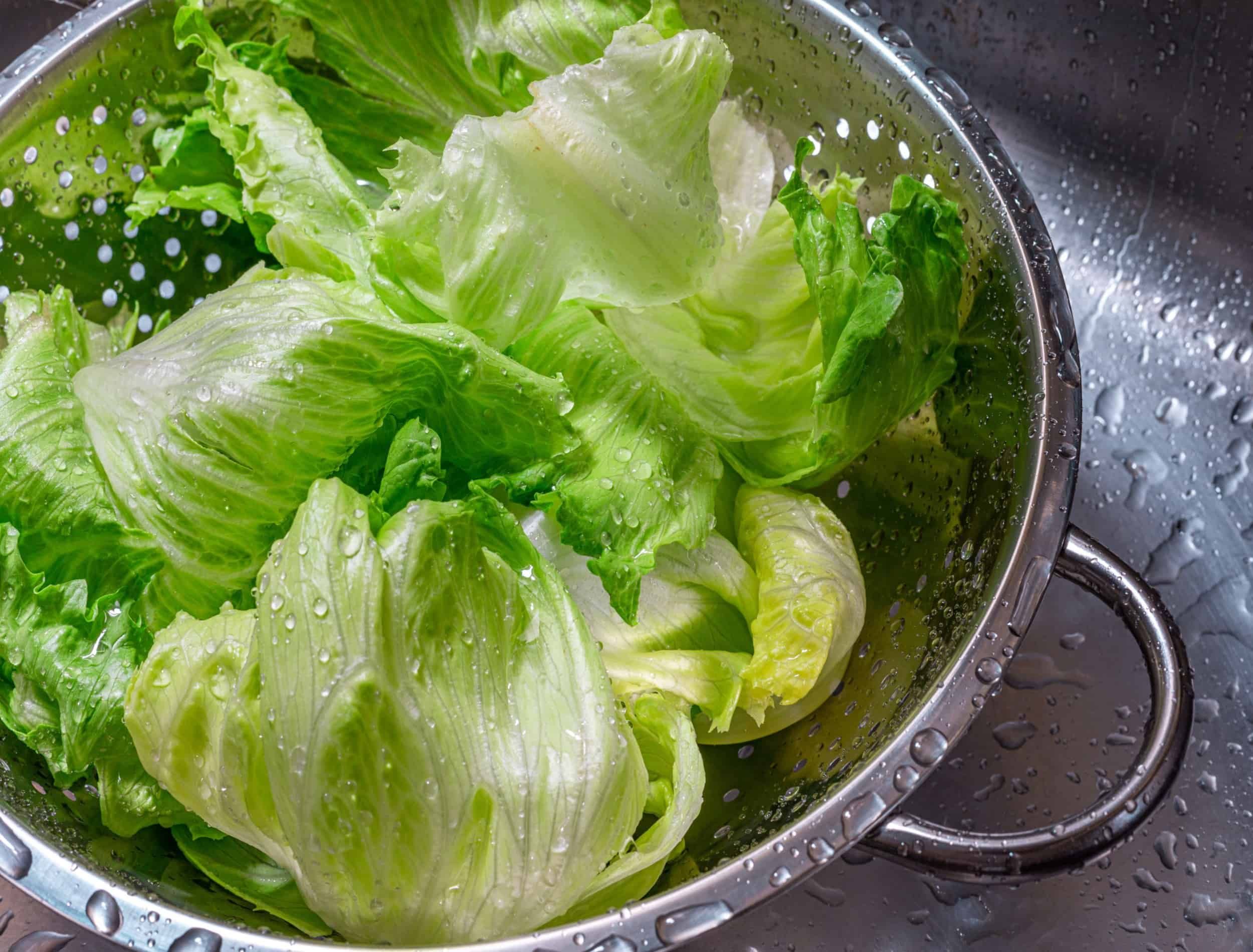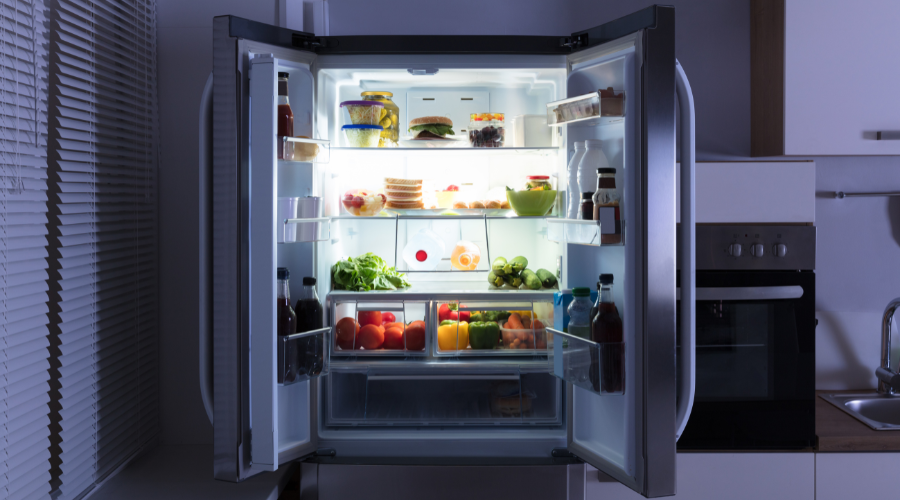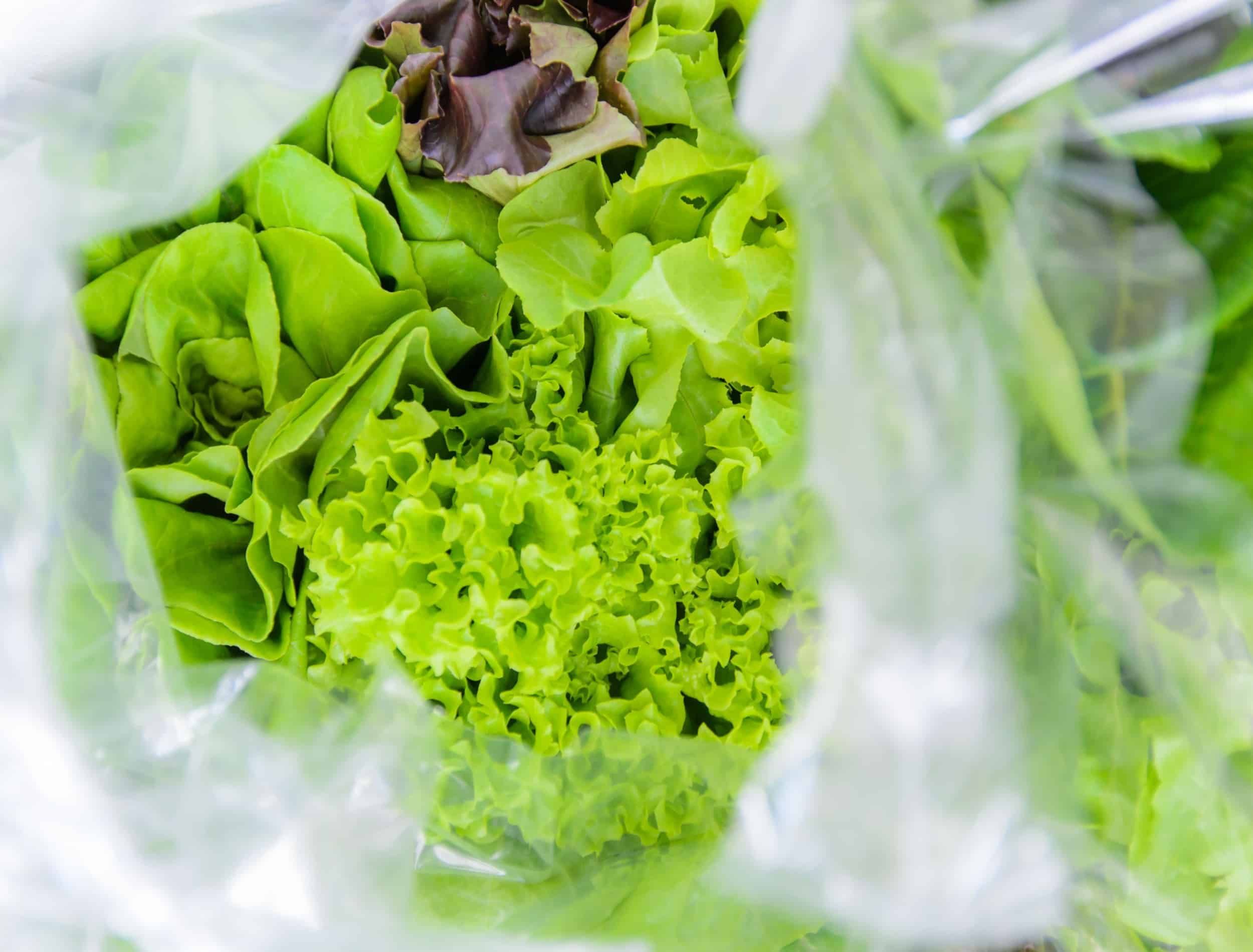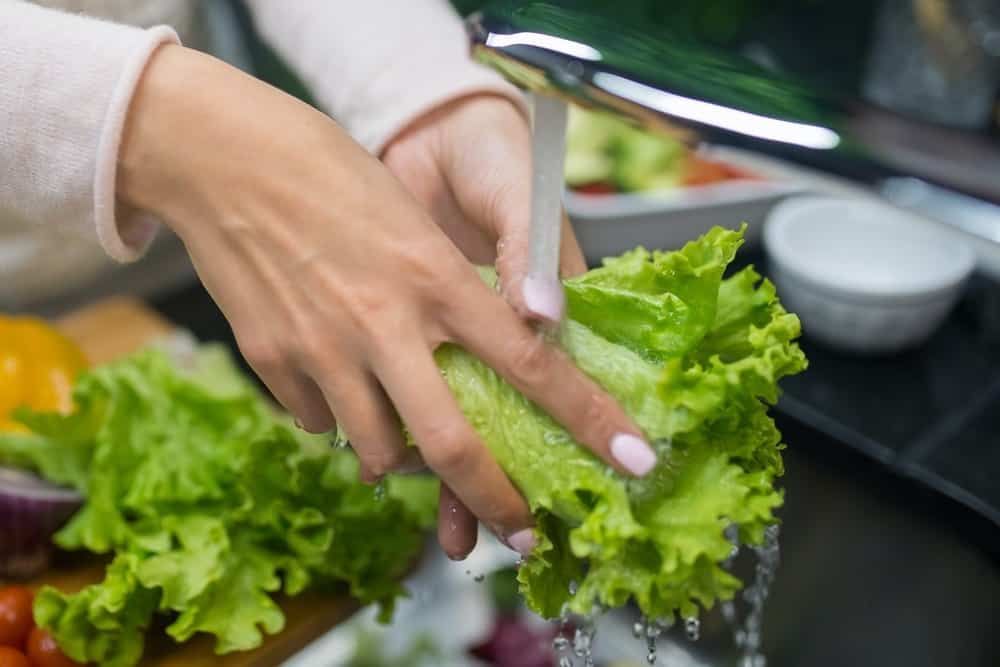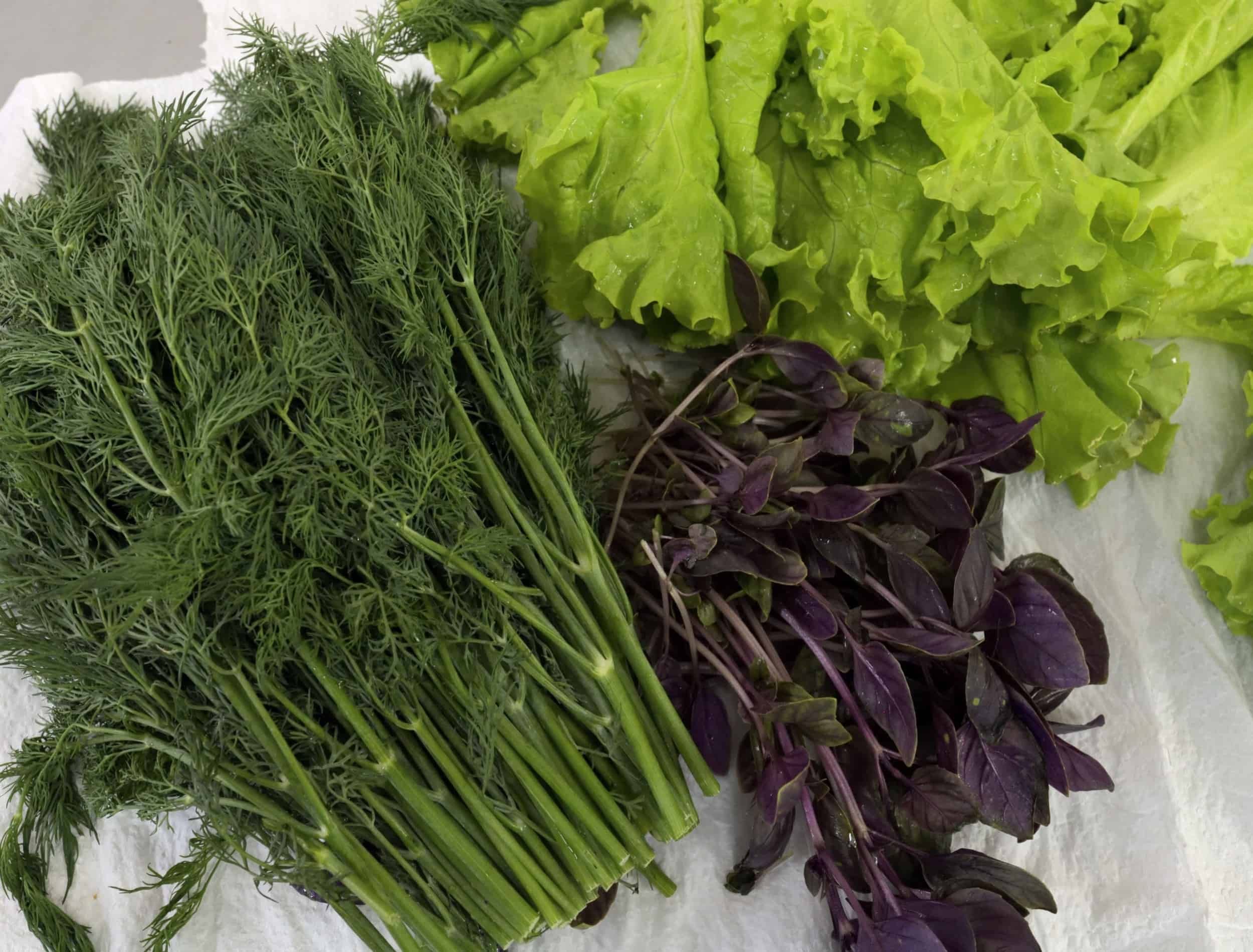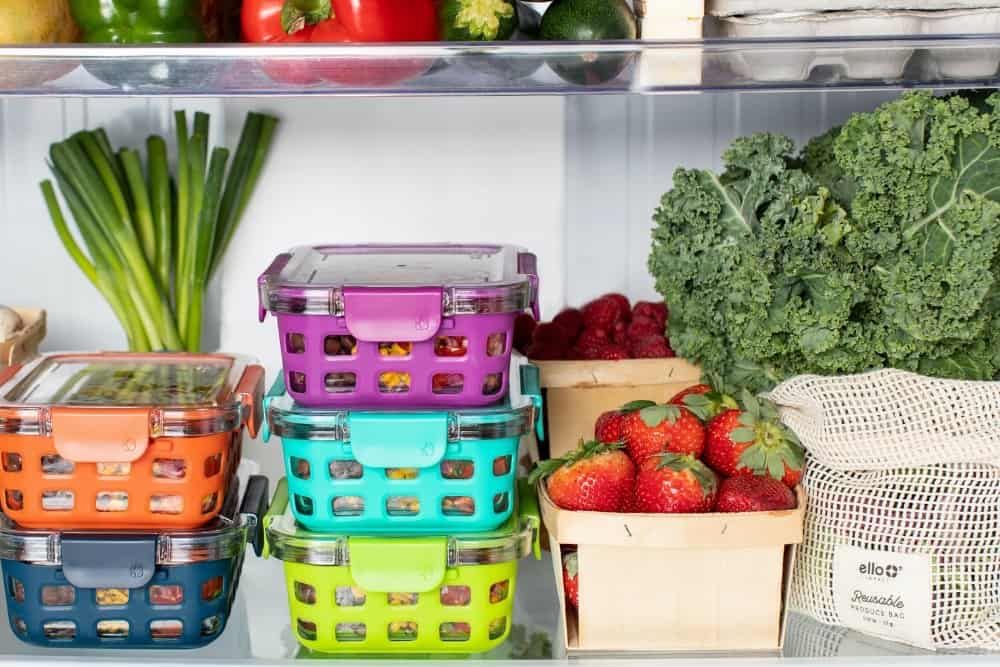Lettuce makes a great addition to almost any meal, whether you're enjoying a hearty burger fresh off the BBQ or mixing all your garden veggies into a refreshing summer salad. And yet, it tends to wilt quickly in the fridge before you can enjoy all of it.
Fortunately, there are several tips and tricks that will help your leafy greens last longer, no matter the variety. So whether you've just picked it from your garden or purchased it at the store, check out this guide for the best ways to store fresh lettuce.
Tools You'll Need
Image credit: bnetto via Shutterstock
Properly storing lettuce requires a few basic tools. Thankfully, the list is simple and many people should already have the right supplies in their kitchen!
- Refrigerator
- Perforated plastic bag
- Paper towels
- Salad spinner
- Plastic or glass container
Tips for Storing Fresh Lettuce
Refrigerating Lettuce
Image credits: AndreyPopov via Canva
It's no secret that most vegetables are best stored in the fridge, and leafy greens are no exception. You should store lettuce in the crisper drawer since it maintains the ideal moisture levels. Most modern crisper drawers are adjustable and you should keep the humidity levels high for lettuce.
You should avoid freezing this veggie because of its high water content. Freezing lettuce can cause the leafy greens to lose some of their flavor and texture. But, if you must freeze your lettuce, simply wash, dry, and freeze the leaves in an air-tight plastic bag. If you do choose to freeze lettuce, once defrosted, it will do best in soups or smoothies.
Keep Things Ventilated
Image credit: Pitchayarat Chootai via Shutterstock
Proper air circulation is essential for keeping leafy greens crisp and fresh. To ensure there is ventilation, don't overpack your crisper drawer. You can also place paper towels between layers of lettuce (more on that later) or cut open a store-bought bag (if it came perforated, you can skip this step). If you've harvested leafy greens from your garden, place them in a perforated or open plastic bag.
As a side note, if you've purchased a pre-packaged bag of lettuce, be sure to remove any damaged or wilting leaves.
Consider Pre-Washing Lettuce
Image credits: Kampus Production via Pexels
If you want to have lettuce stored and ready to go in the fridge, consider pre-washing it. You can pre-wash loose leaf lettuce such as romaine. Avoid pre-washing spinach, arugula, and kale because they are delicate and prone to wilting.
Leafy lettuce varieties such as butterhead or baby iceberg also have a high water content, making them more prone to wilting as well. Too much or even too little water can cause issues when growing.
If you do wash the leafy greens, always spin, pat, or air dry on a paper towel to ensure they are dry before storing. There should be room in the container or bag to allow for proper ventilation.
Remember that whole heads will stay fresh longer than individual leaves or chopped pieces. Do not pre-wash unless you intend to eat the veggie within the next few days.
Use Paper Towels
Image credit: Sultan2 via Shutterstock
Paper towels are an excellent way to keep leafy greens crisp and fresh. There are a few different ways you can use them.
First, you can layer paper towels and lettuce in an air-tight container, placing a paper towel between each layer. You can also do this with chopped leafy greens. The paper towels will absorb excess moisture.
You should check them every few days to ensure they don't become too damp and replace them if they have. You can also wrap a full head in a damp paper towel and place it in an open or perforated bag.
Note: you can also use thin kitchen towels instead of paper towels.
Don't Store Lettuce With Fruit
Image credits: Ello via Unsplash
Considering that you should never overpack your crisper drawer, you should also avoid storing veggies and fruits together. Ripe fruit emits ethylene gas, which can cause veggies to ripen too quickly. This is beneficial if you want to ripen tomatoes, but it can result in rotten vegetables.
So, keep any fruits away from your lettuce, including tomatoes since they are technically fruits.
Lettuce Know How it Goes!
Whether you are growing leafy greens in your yard or prefer to purchase the vegetable at the store, proper storage techniques will ensure your lettuce lasts longer. By storing in the fridge with the proper ventilation, head and loose leaf lettuce can last for around a week, while more delicate varieties such as arugula, kale, and spinach last three to five days. The veggie can also last up to six months in the freezer.
If you do notice wilting, place the chopped lettuce in an ice bath for a few minutes. This should crisp it up a little bit and you can consume it that day.
Will you be using any of these tips and tricks for storing your leafy greens? Share in the comments down below!

